Skin tears are traumatic injuries, first defined by Payne and Martin in 1993 and more recently by an international consensus group, which can result in partial or full separation of the outer layers of the skin13 These tears may occur due to shearing and friction forces or a blunt trauma, causing the epidermis to separate from the dermis (partial thickness wound) or both the epidermis and the Wash the wound carefully with saline to remove any clots and foreign objects Spread out the flap to cover the defect and fix it to the surrounding skin if possible with cyanoacrylatebased topical Hold the free edge of the flap with forceps and trim the edge with curvedtip scissors to get A skin tear is a traumatic wound caused by friction or blunt force that results in the separation of the skin's layers The severity of a skin tear may vary depending on the depth of the wound that does not extend through the subcutaneous layer They appear most often on the hands, legs, and arms Who is at risk of getting skin tears?

Top 49 Ripped Skin Tattoo Ideas 21 Inspiration Guide
Skin tear outline
Skin tear outline-The tattoo shows the darker side of bears and how wild they are People hunt them for skin and meat usually because their hunting is rare and carry a large amount of moneyh A dotwork bear tattoo is the best fit for people having immense love and gratitude towards animals and wildlife species 12) Small Outline Ankle Bear TattooA Scant tissue loss type A skin tear with scant tissue loss is a partialthickness wound in which 25% or less of the epidermal flap is lost and in which at least 75 % or more of the dermis is covered by the flap




Transparent Bordered Hydropolymer Gel Film Dressing To Manage Skin Tears Woundsource
ISTAP defines a skin tear as "a wound caused by shear, friction, and/or blunt force resulting in separation of skin layers A skin tear can be partialthickness (separation of the epidermis from the dermis) or fullthickness (separation of both the epidermis andThe art of dressing selection A consensus statement on skin tears and best practice Advances in Skin and Wound Care 16;(1)3246 3 LeBlanc K, Baranoski B, Christensen D, et al International Skin Tear Advisory Panel a tool kit to aid in the prevention, assessment, and treatment of skin tears using a simplified classification system Image result for cheese work tattoo designs
Skin tears with partial tissue loss 2 A Scant Category II Skin T ear 25% or less of the epidermal flap is lost 2B Moderate Category II Skin T ear More than 25% of the epidermal flap is lost Category 3 Skin tears with complete tissue loss Epidermal flap is absent Category 1 and 2 photographs are courtesy of Kim LeBlanc, DawnThe road to healthy skin is finally clear Connect with a boardcertified dermatologist and get custom prescription acne treatments delivered to your door Black tear drop shaped outline with a white backdrop Tretinoin Formula Black, pill shaped outline with white background Spironolactone Created with Sketch Created with SketchOutline of Wound Care Tiers Doncaster and Bassetlaw Teaching Hospitals NHS Foundation Trust • Trauma wounds presenting as a superficial abrasion or type 1 skin tear • Pressure damage presenting as category 1 • Minor burns and scalds • Excoriation of skin to include incontinence associated dermatitis
Size of wound The size of the wound should be assessed at first presentation and regularly thereafter The outline of the wound margin should be traced on to transparent acetate sheets and the surface area estimated in wounds that are approximately circular, multiply the longest diameter in one plane by the longest diameter in the plane at right angles; Skin Tear Research Initiative We are researching current practices in the prevention and management of skin tears, and would appreciate just a few minutes of your time to complete an online survey The purpose of this survey is to develop a consensus to outline strategies for assessing, preventing and treating skin tearsO Linear skin tear A wound that occurs in a wrinkle or furrow of skin Both the epidermis and dermis are pulled apart in a straight line as if an incision has been made, exposing the tissue below34 o Flaptype skin tear A wound in which the epidermal flap can be completely
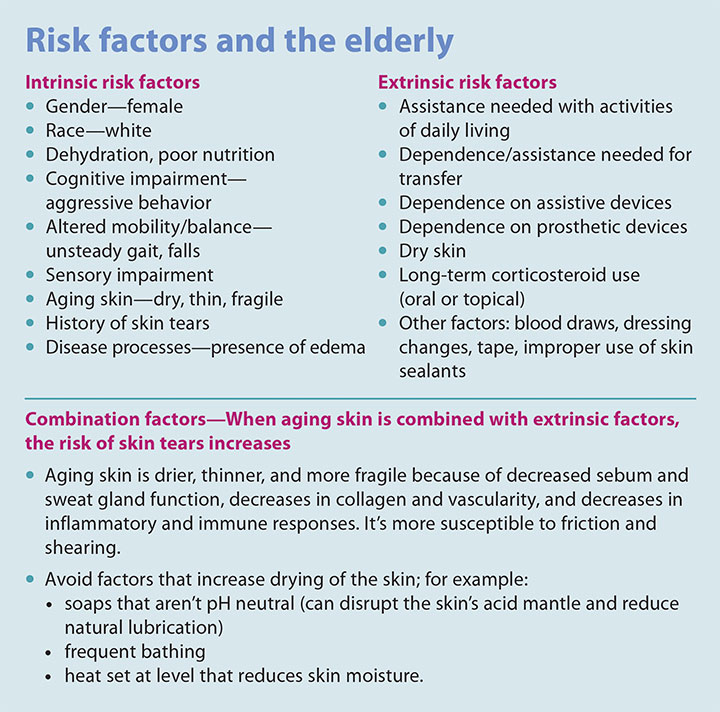



Stamp Out Skin Tears Skin Tear Assessment Management And Prevention
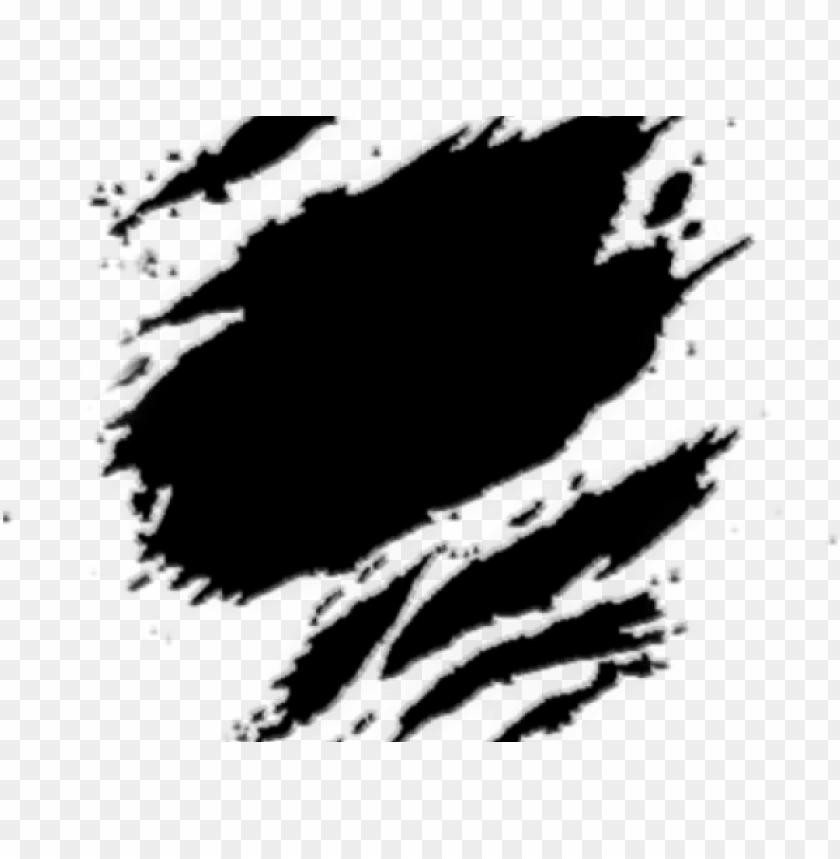



Gangster Tear Drop Tattoo Png
Skin folds present a challenge in the management of patients with bariatric needs The weight from excess adipose tissue in skin fold areas can an increased risk of skin injury such as friction, maceration, skin tears and pressure ulcer development Skin folds and areas vulnerable to skin injury should be cleaned and dried several times a dayOverview of management and prevention of skin tearsThe International Skin Tear Advisory Panel (ISTAP) has identified key knowledge gaps in prevention and management of skin problems in these critical phases, in order to improve practice and clinical outcomes ISTAP recognised a need for guidance that focuses on




Prevention And Management Of Skin Tears In Older People




7 635 Skin Tear Stock Photos Pictures Royalty Free Images Istock
Category II —skin tears with partial tissue loss With a scant tissue loss type Category II skin tear, 25% or less of the epidermal flap is lost When more than 25% of the epidermal flap is lost, the Category II skin tear is referred to as a moderate to large tissue loss type skin tear Category III —skin tears with complete tissue loss Prevent a skin tear Clean, moisturize, and protect your skin Baths, hot showers, and soap can dry your skin and increase your risk for skin tears Take lukewarm showers, use mild soap as directed, and gently pat your skin dry Use lotion to keep your skin moist after you shower Wear long sleeves, pants, and protective footwear Move carefullyDefi nition of a skin tear is a wound that separates the top layer of the skin from one or more of the underlying layers This can happen in a lot of ways, for example, when the




Tattoo Lovers Encourage Creative Artists To Get Under Their Skin Boston Herald




Ripped Skin Tattoo Drawings
The skin is forced to balloon outward and push against the weapon muzzle, producing a typical abrasion / bruise that resembles the muzzle's shape When the expansion exceeds skin elasticity and resistance, it will tear, resulting in an entrance gunshot wound with a stellate or irregular appearance Skin tears happen when the outer layer of skin is partially or completely separated from the bottom layer This can happen with the slightest abrasion, scrape orExplore Tattoomaze's board "Ripped Skin Skull Tattoo Design And Melting", followed by 9901 people on See more ideas about skull tattoo design, tattoo designs, skull tattoo




40 Cool And Amazing Ripped Skin Tattoos
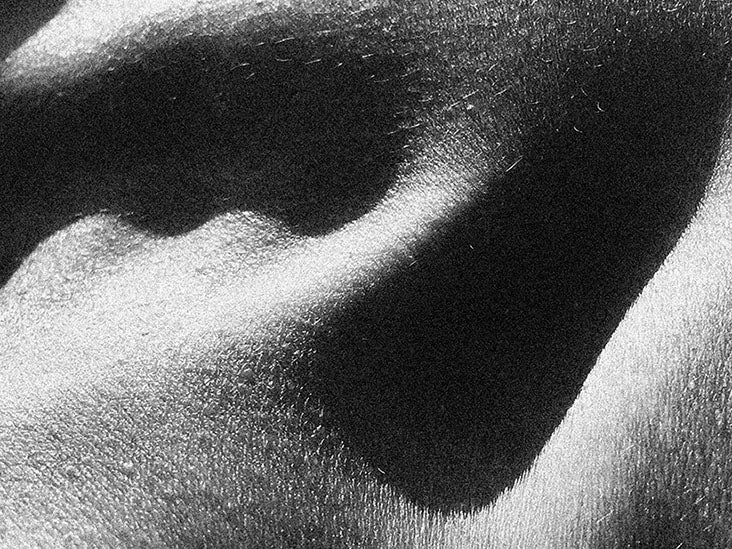



Skin Structure And Function Explained
•Skin to skin areas, such as the penis, back of –Skin tears (especially forearm of older adults) –Trauma •Make sure to get the etiology right so you can treat the cause appropriately 21 –Diagram of a body outline where staff can note any skin changes they observe 30 "A skin tear is a traumatic wound caused by mechanical forces, including removal of adhesives Severity may vary by depth (not extending through the subcutaneous layer)" Skin tears are often underrecognised and misdiagnosed in clinical practice In order for skin tearsSkin tears are easy to miss, but fortunately they are often easy to treat with the right tools and training We partner with the International Skin Tear Advisory Panel (ISTAP) to ensure that nurses, carers and healthcare professionals across all care settings are equipped with the information they need to assess, treat and prevent skin tears




Teardrop Tattoo Dictionary Com



1
Tattooed skin goes through a healing process, just as your skin takes time to heal after other types of wounds You'll likely experience pink or red skinLooking as if the skin has been ripped and patched together with stitches which have opened up to reveal the writing within A version of a super hero's costume emerging from your torn skin Showing the blood vessels etc under the skin The design making it look like the broken skin is oozing blood Bizarre artwork seeming to pop out of the skin The first line of defence (or outside defence system) includes physical and chemical barriers that are always ready and prepared to defend the body from infection These include your skin, tears, mucus, cilia, stomach acid, urine flow, 'friendly' bacteria and white blood cells called neutrophils Pathogenic (diseasecausing) microorganisms



Http Www Southwesthealthline Ca Healthlibrary Docs F 4 1 Skintearsintro Pdf
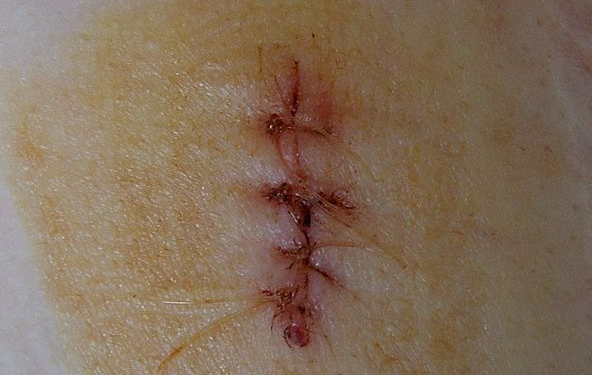



Wound Healing Primary Intention Secondary Intention Teachmesurgery
The skin folds, and down the inner thighs • Scaling of the skin with papule and vesicle formation –These may open, with "weeping" of the skin, which exacerbates skin damage –Skin damage is shallow or superficial and edges are irregular or diffuse –Maceration or a whitening of skinIAD (Incontinence Associated Dermatitis) Pressure Ulcer Stage Document the stage of a wound determined to be a pressure ulcer If you cannot determine what the stage of the pressure ulcer is Consider your choices below Recognizing Neoplastic Skin Lesions A Photo Guide LEWIS C ROSE, MB, BS (LOND), University of Texas Health Science Center, San Antonio, Texas Am Fam Physician 1998 Sep 15;58 (4)8734




Transparent Bordered Hydropolymer Gel Film Dressing To Manage Skin Tears Woundsource




Ouch Let S Talk About Skin Tears Wcei
Reduce someone's risk The Skin Tear Framework (Figure 1) outlines the considerations that need to be made in assessing patient risk and the Risk Reduction Programme (Table 1) are the actions to reduce someone's risk Use of emollients In individuals with aged skin, emollient therapy is vital to maintaining skin integrity In aWound management Putting the pressure on venous leg ulcers and reducing the risk of skin tears Skin tears and venous leg ulcers are among the most common wounds treated in general practice 15 They occur most often in older people, can be slow to heal, cause significant distress and greatly reduce a person's quality of life 57 As many as 43% of residents in aged care facilitiesFoundations of Best Practice for Skin and Wound Management BEST PRACTICE RECOMMENDATIONS FOR THE Prevention and Management of Skin Tears Kimberly LeBlanc, MN RN CETN PhD (c) Kevin Woo, PhD RN FAPWCA Dawn Christensen, MHSc (N) RN CETN Louise ForestLalande, RN MEd ET Jennifer O'Dea, MD FRCP Marlene Varga, MSc RN CNS
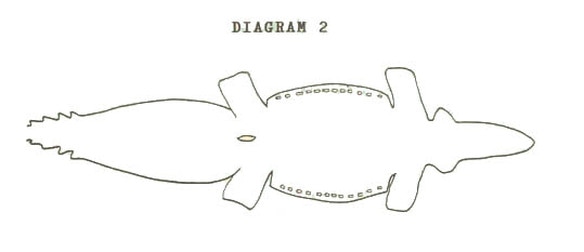



Alligator Hide Care
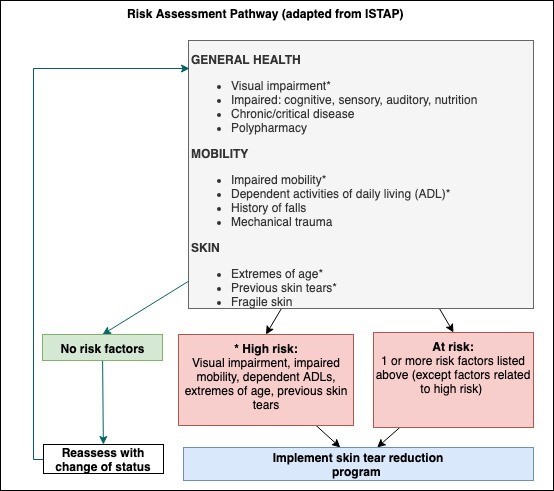



Skin Tears Treatment And Prevention
Skin Tear Loss of epidermis with/without partial loss of dermis due to trauma Other For example; Category II Skin tears with partial tissue loss;The standard ripped skin tattoo is a design that shows one or more cuts in the skin and maybe even something "inside" of the person's body The design makes it look like that section or those sections of the skin have been torn off and replaced with whatever the image happens to be It's supposed to symbolize someone finding a new part




Top 49 Ripped Skin Tattoo Ideas 21 Inspiration Guide
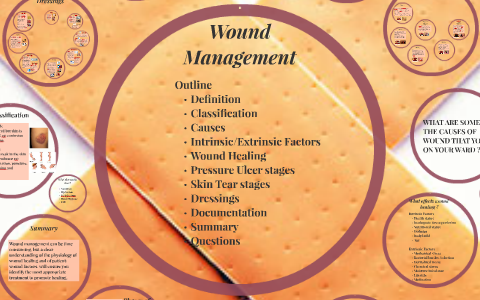



Wound Management By Debra Hutch On Prezi Next
41 Introduction A skin tear is defined as a traumatic injury caused by friction, or a combination of shear and friction forces strong enough to separate the epidermis from the dermis (partial thickness wound) or separate both the epidermis and the dermis fromCeleste Apostrophe Line Long straight black line with an apostrope at the right most point " After attempting to manage my adult acne for over 6 months on my own, I decided to take a chance on Apostrophe I can now say 8 months into my treatment plan that I have never had more flawless skin in my entire lifeA survey of skin problems and skin care regimens in the elderly Arch Dermatol (12), 1638 Pubmed PMID Ratliff CR, Fletcher KR Skin tears a review of the evidence to support prevention and treatment Ostomy Wound Manage 0753 (3), 3242 Pubmed PMID On DermNet NZ Skin ageing;




Wound Care Resource Anatomy And Physiology Of Skin Summary



Wound Care Resource Wound Assessment Summary
New skin tear of unknown origin found on resident at 00 Resident has 2 x 3 cm skin tear to left elbow Wound is dry and free from drainage, warmth, or odor Edges well approximated Resident rates pain at 0 Resident states he does not remember how skin tear happened Cleansed wound with NS, applied Curex and nonadherent dressing, wrappedBeing undernourished makes the skin thin, dry, rigid, and more likely to tear or break Being incontinent exposes the skin to moisture from urine and faeces, which can lead to irritation and pressure sores Reducing your risk of pressure sores in hospital Keeping mobile and moving is important for your skin First, gently clean the skin tear with a sterile water or isotonic saline solution If it's a smaller and more superficial tear, a gentle soap and




How To Identify And Treat Skin Tears
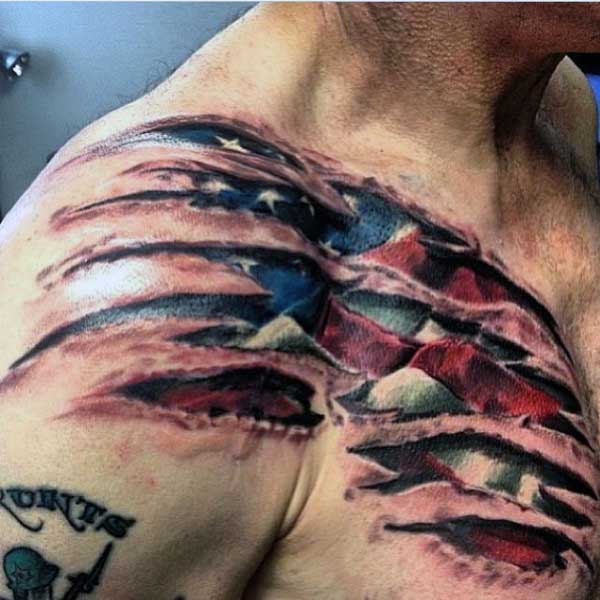



Top 49 Ripped Skin Tattoo Ideas 21 Inspiration Guide
The banana will help you find this, and the skin on a banana is about as thick as human skin so you can better prepare for the proper depth of the needle work The spaghetti squash feels nothing like tattooing human skin, but it does take pigment the same You can use spaghetti squash to practice shading, grey wash, and even mag work It blendsSTAMP out skin tears Skin tear assessment, management, and prevention A complete skin tear program benefits patients, staff, and organizations By Joanne Laggan Davis, DNP, ANPBC Skin anatomy Partialthickness wounds result from the epidermis separating from the dermis With fullthickness wounds, both the epidermis and dermis separate from




711 Skin Tear Illustrations Clip Art Istock
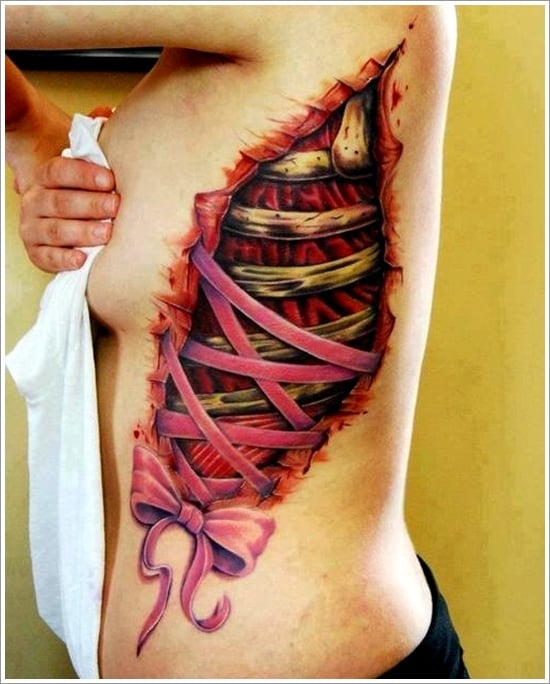



35 Amazing Ripped Skin Tattoo Art Designs
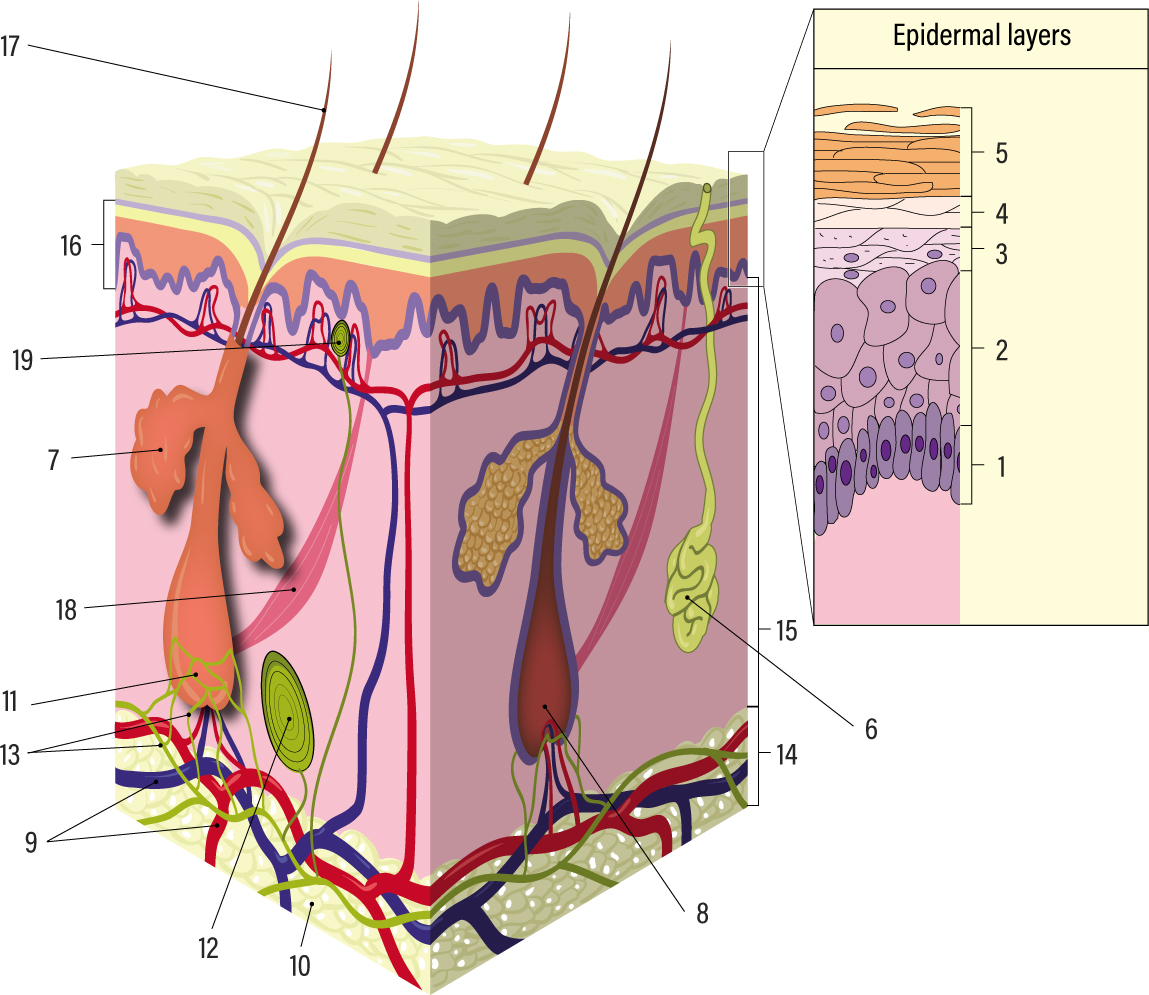



Prevention And Management Of Skin Tears In Older People



Skin Tear Stock Illustrations 273 Skin Tear Stock Illustrations Vectors Clipart Dreamstime



3d Ripped Skin Flag Tattoo On Attractive Bicep
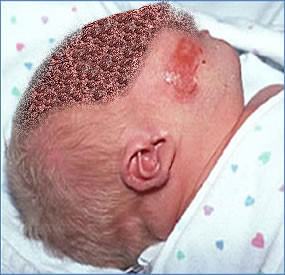



Ulcer On Vagina Pictures Photos



Http Www Southwesthealthline Ca Healthlibrary Docs F 4 1 Skintearsintro Pdf




Eagle Skin Rip Eagle Drawing Eagle Tattoo Skin Tear Tattoo
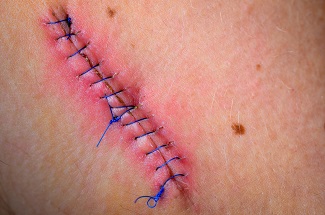



Wound Healing Pathophysiology And Infection Stages Of Healing And Wound Infection Woundsource
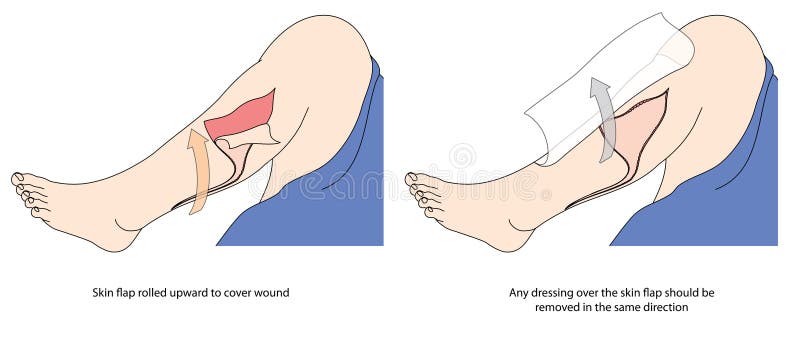



Skin Tear Stock Illustrations 273 Skin Tear Stock Illustrations Vectors Clipart Dreamstime



3




Torn Skin Stock Illustrations 274 Torn Skin Stock Illustrations Vectors Clipart Dreamstime
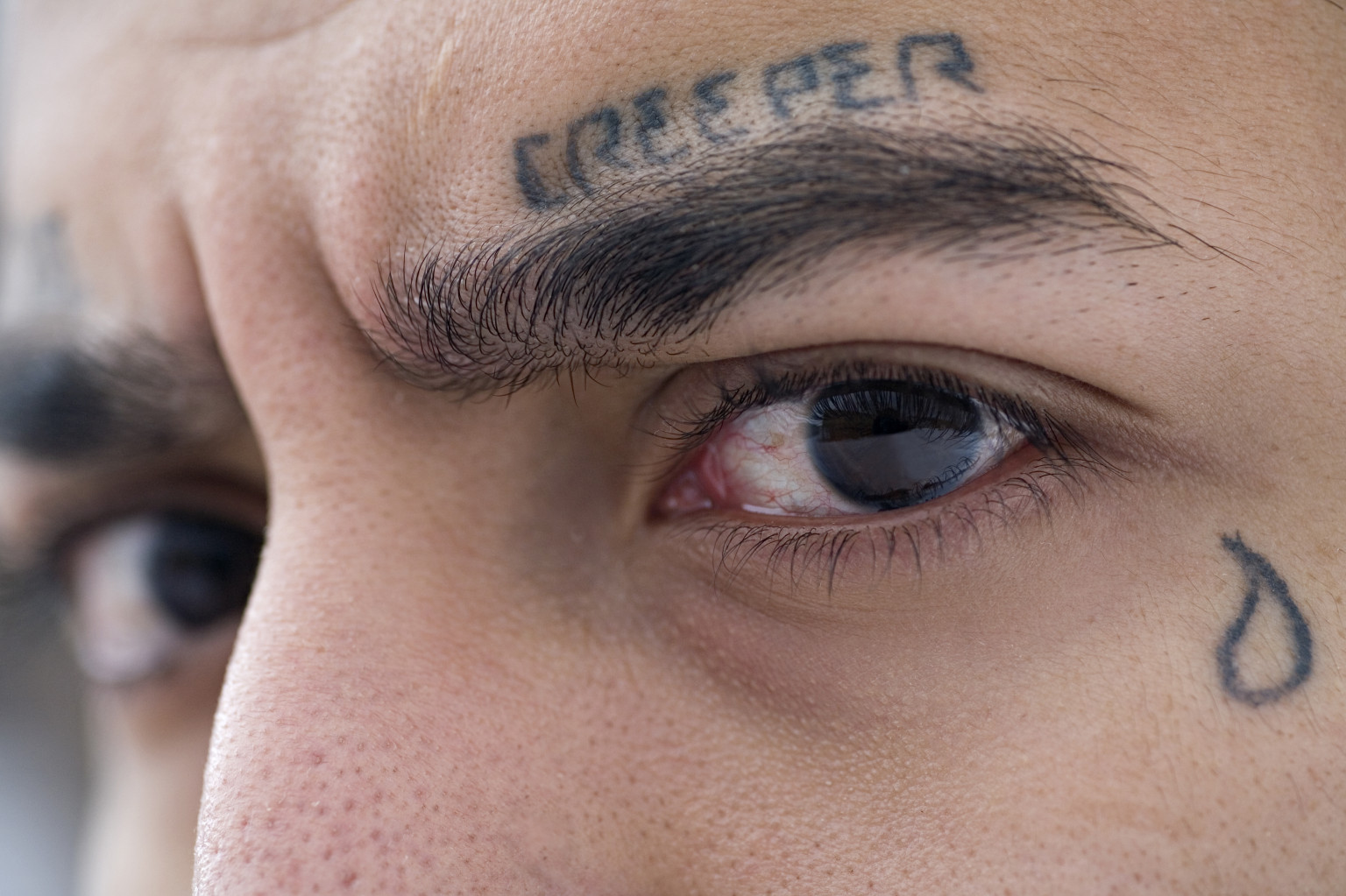



Teardrop Tattoo Dictionary Com




711 Skin Tear Illustrations Clip Art Istock
/GettyImages-136811314-5b5d393346e0fb00506237d3.jpg)



Skin Tear Causes Severity Treatment And Prevention



International Skin Tear Advisory Panel Istap
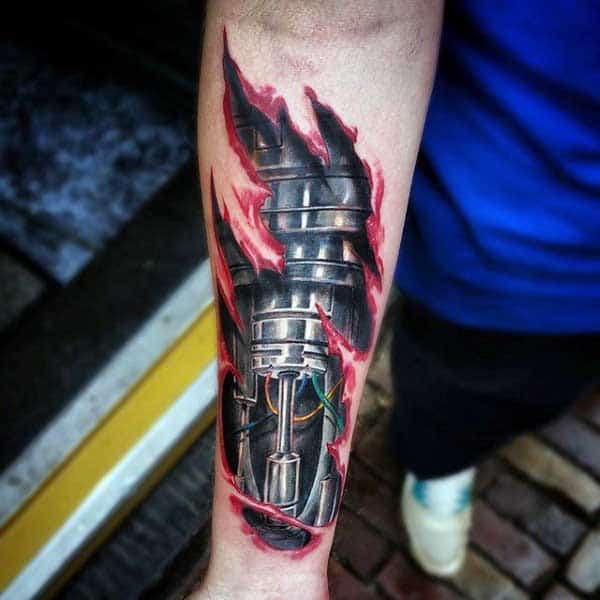



Top 49 Ripped Skin Tattoo Ideas 21 Inspiration Guide




Buy Double Line Outline Pens Whaline 12 Colors Self Outline Metallic Markers Glitter Writing Drawing Doodle Dazzle Pens For Christmas Card Writing Birthday Greeting Diy Art Crafts Scrap Booking Online In Turkey B0df2wdb
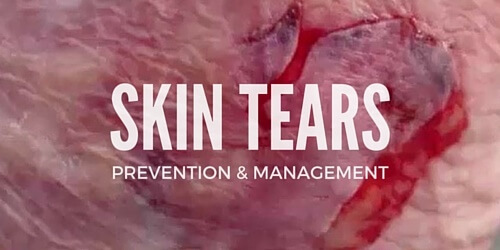



Ouch Let S Talk About Skin Tears Wcei



The Most Important Key To Keeping Your Thumb Skin From Tearing Diesel Crew Muscle Building Athletic Development Strength Training Grip Strength




Benefits Of Using Wound Vacuum Therapy Joelle Harthun




Skin Tear Stock Illustrations 273 Skin Tear Stock Illustrations Vectors Clipart Dreamstime




43 Torn Skin Tattoos With Revealing Concepts And Meanings Tattooswin
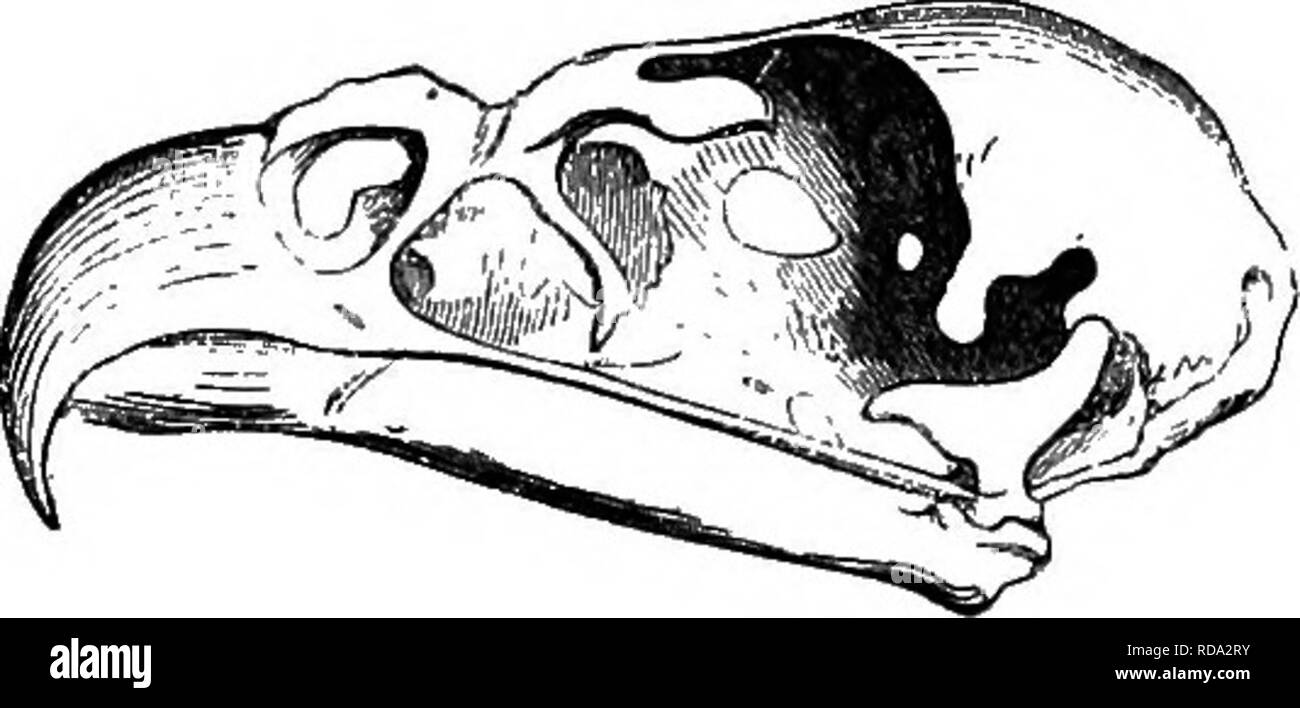



Reptiles And Birds A Popular Account Of The Various Orders With A Description Of The Habits And Economy Of The Most Interesting Birds Reptiles Beaks 1 Form And Thickness According To




Related Image Ripped Skin Tattoo Tattoo Outline Drawing Skin Tear Tattoo




Top 49 Ripped Skin Tattoo Ideas 21 Inspiration Guide




Star Skin Tear Tool Skin Wound




Zombie Skin Stock Illustrations 686 Zombie Skin Stock Illustrations Vectors Clipart Dreamstime




Pdf Skin Tears
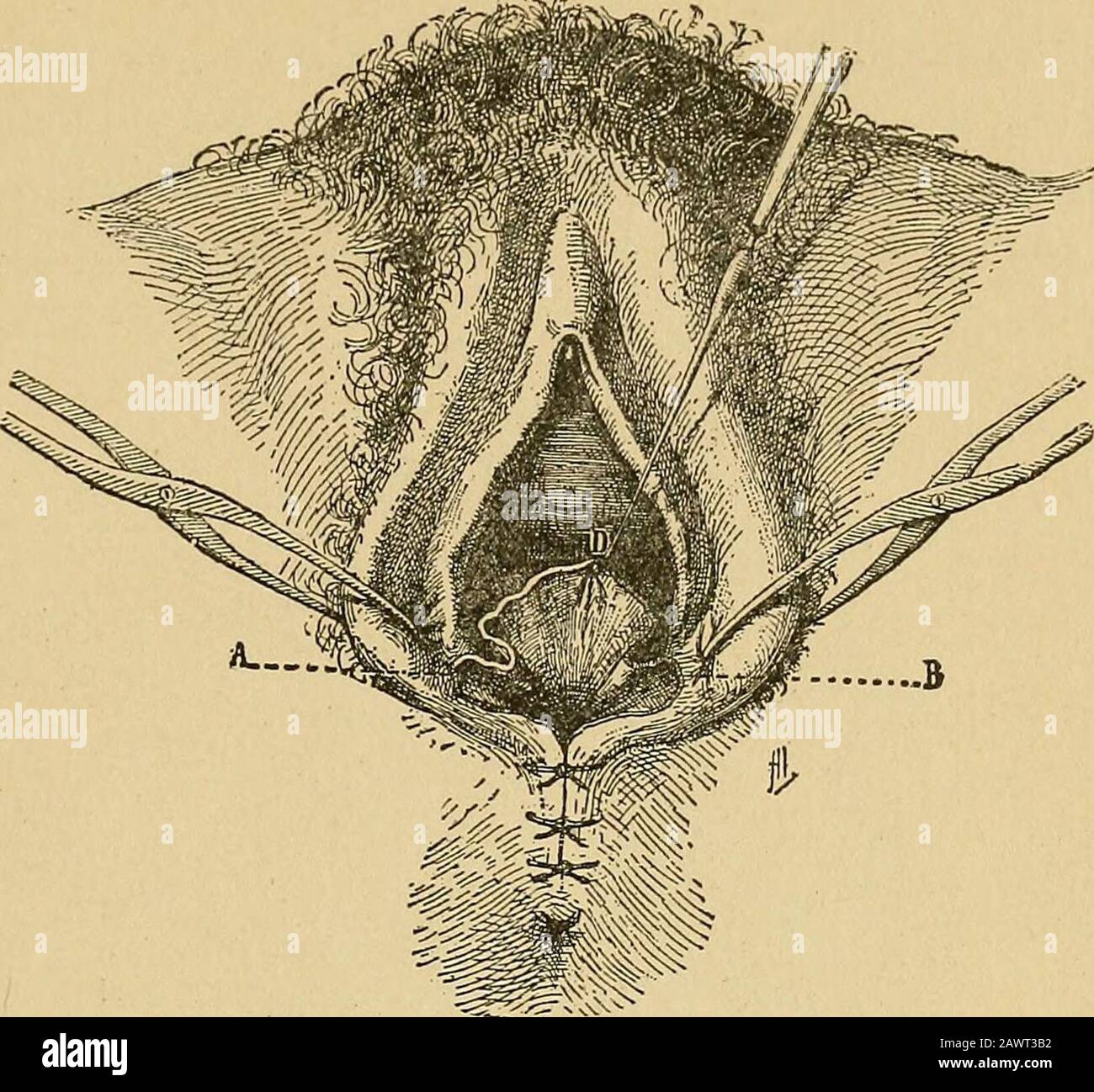



Stitches Lip High Resolution Stock Photography And Images Alamy
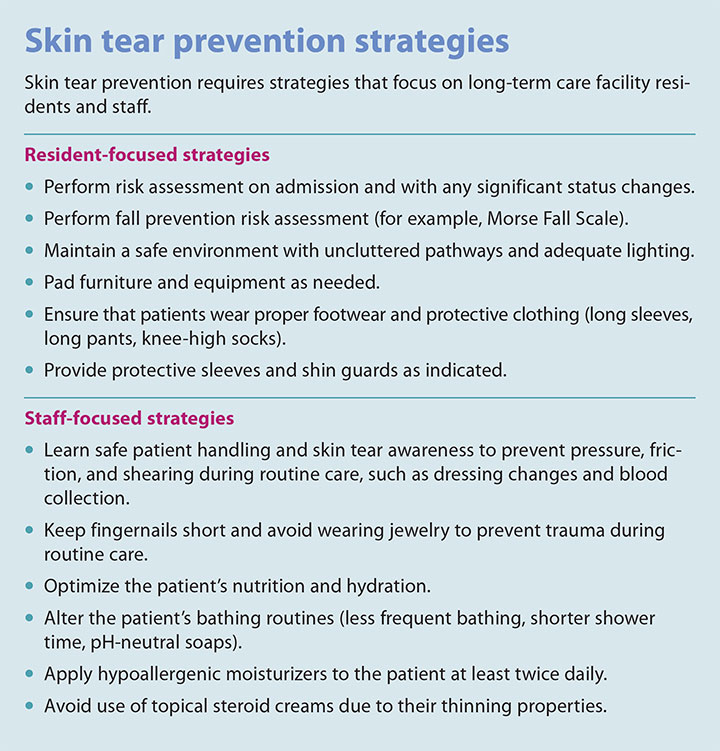



Stamp Out Skin Tears Skin Tear Assessment Management And Prevention
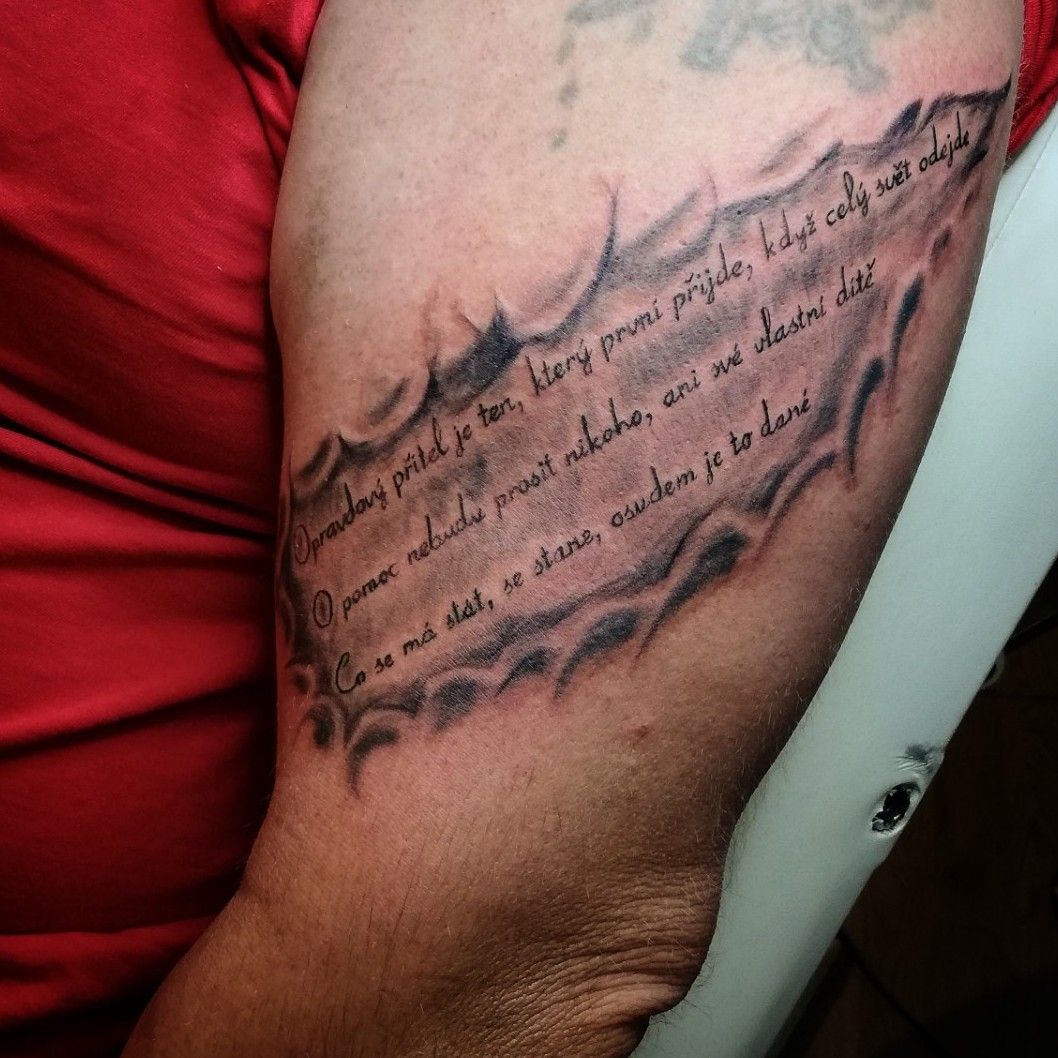



Tattoo Uploaded By Roman Zouhar Text Tattoodo




Skin Rip Tattoo Drawings
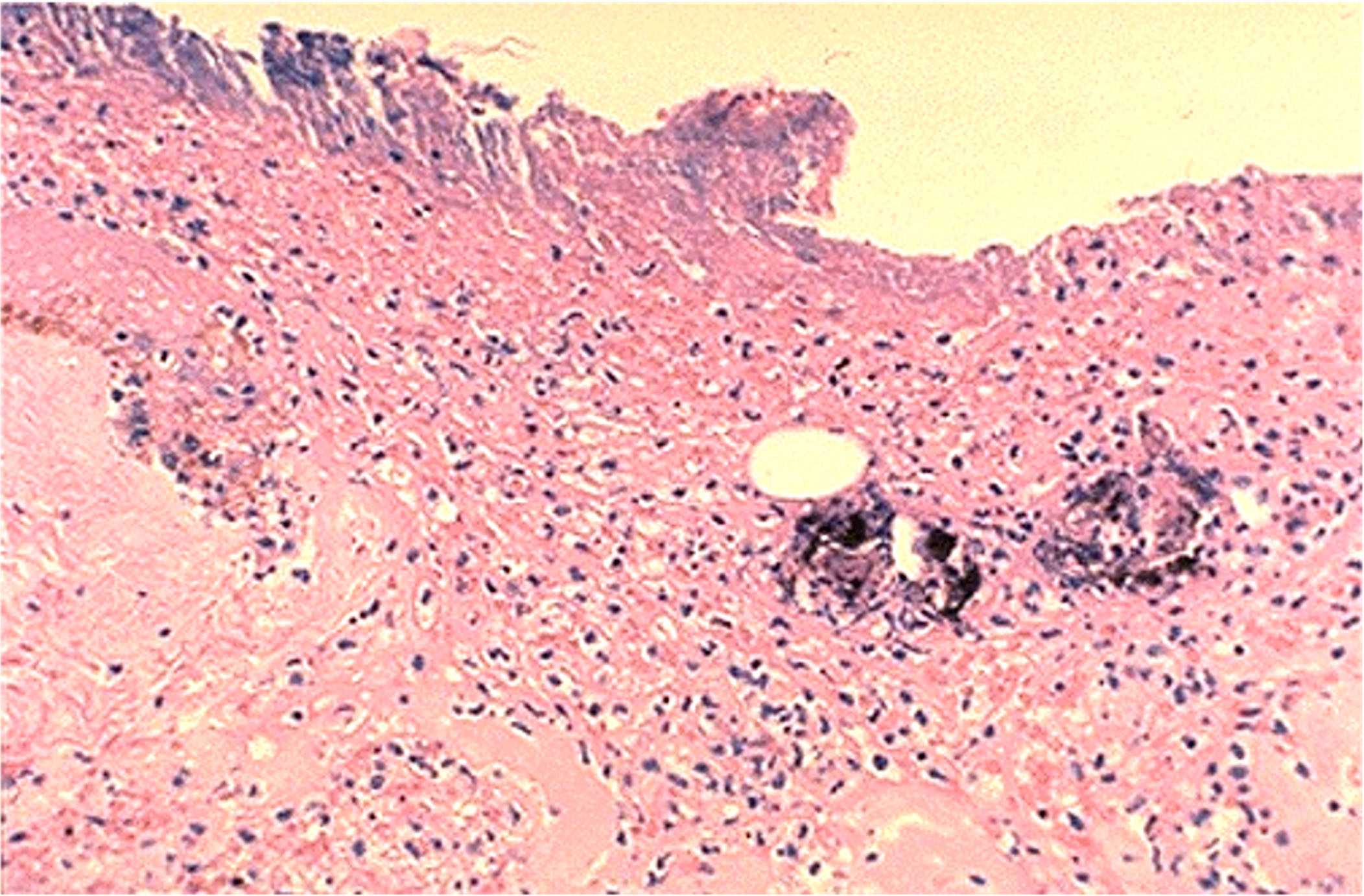



Pathology Outlines Gunshot Wounds



1



Gunshot Wounds Rifled Weapons Www Forensicmed Co Uk



Rotavirus Blue Concept Icons Set Dry Mouth Cool Skin Observe Stock Vector Crushpixel




7 635 Skin Tear Stock Photos Pictures Royalty Free Images Istock




Skin Tear Treatment Prevention Pictures And Best Practices
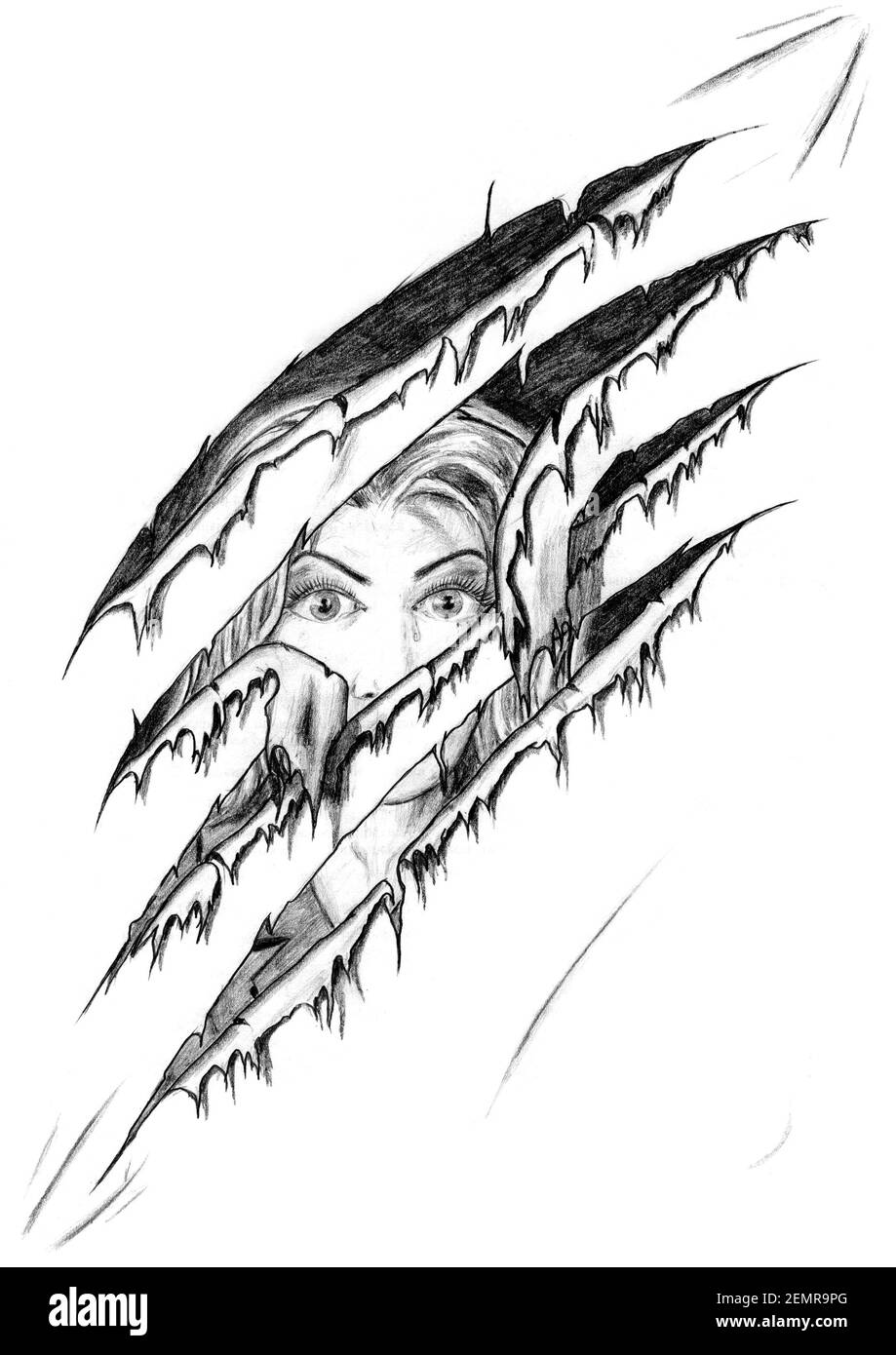



Torn Paper Black And White Stock Photos Images Alamy
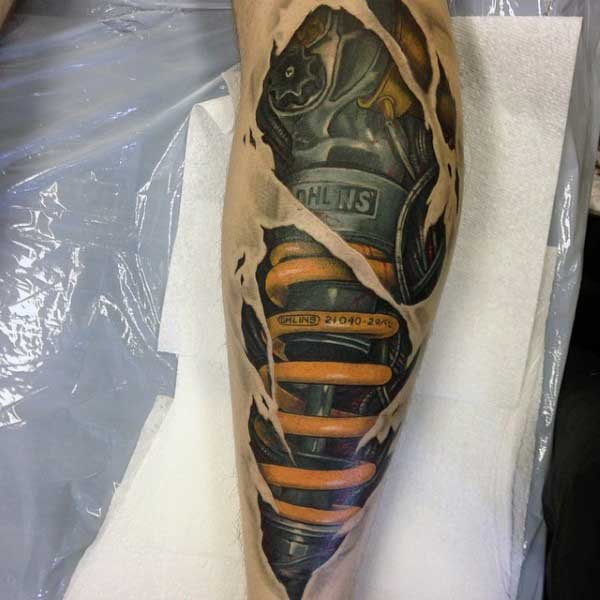



43 Torn Skin Tattoos With Revealing Concepts And Meanings Tattooswin



Post Op Wound Healing Care Dr Stretch
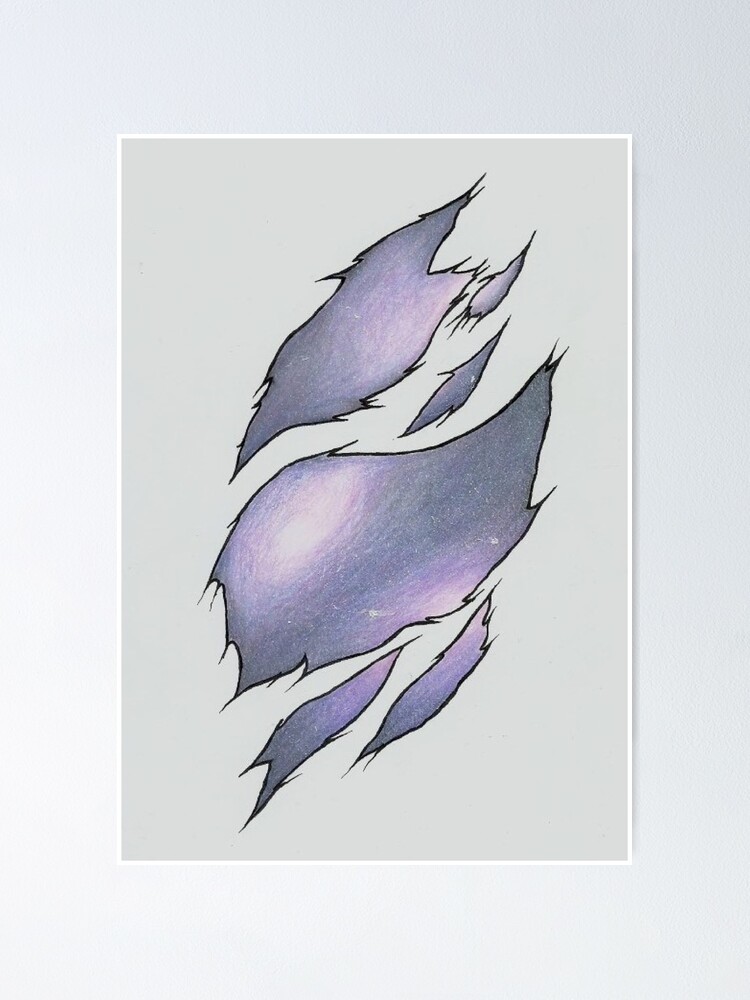



Galaxy Skin Tear Poster By Hadesiii Redbubble
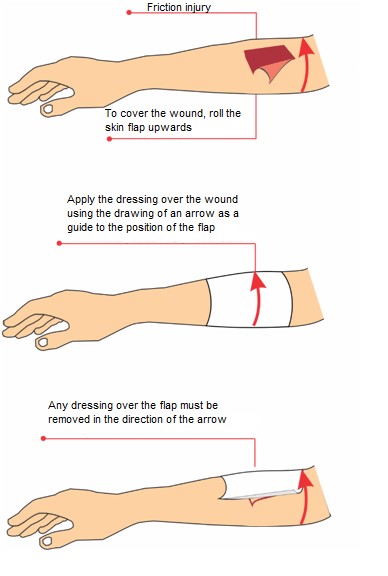



Skin Tears Treatment And Prevention




Ripped Skin Drawing Skin Drawing Drawings Pinterest Drawings
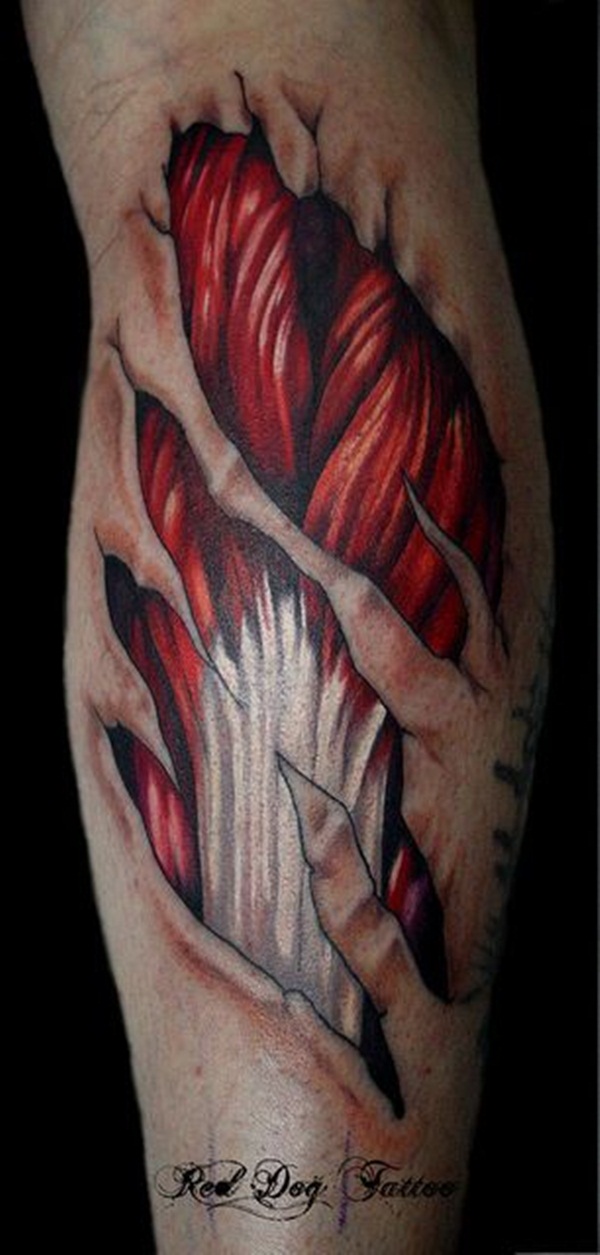



Torn Skin Flag Tattoo On Shoulder By Philip Tucker



Http Www Southwesthealthline Ca Healthlibrary Docs F 4 1 Skintearsintro Pdf
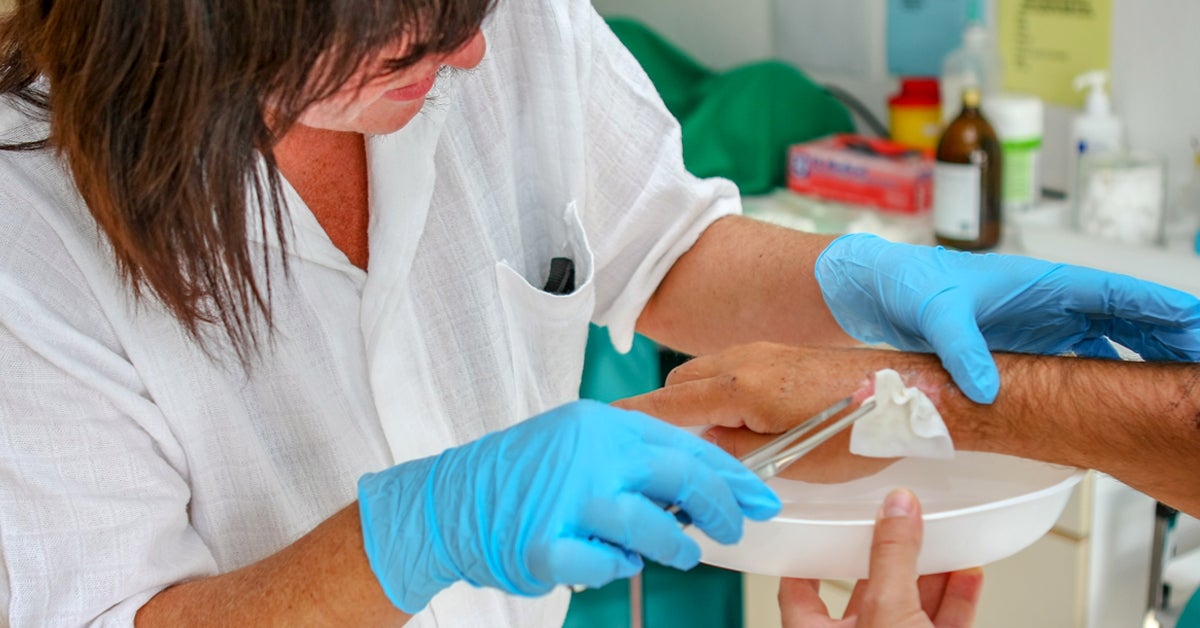



Skin Tear Treatment Prevention Pictures And Best Practices




Skin Tear Tattoo Outline Shefalitayal
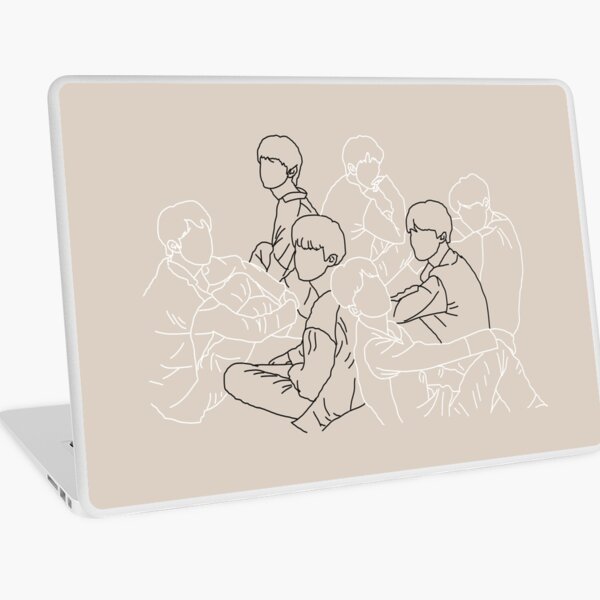



Bts Love Yourself Tear Black White Outline 2 Fanart Laptop Skin By Okaylex Redbubble




Skin Tear Tattoo Outline Shefalitayal



Repair Of Periorbital Soft Tissue Injuries And Lacrimal System In Noe Injuries




Skin Tear Tattoo Outline Shefalitayal



Nice Colored Torn Ripped Skin Tattoo On Shoulder Tattoo Ideas



3
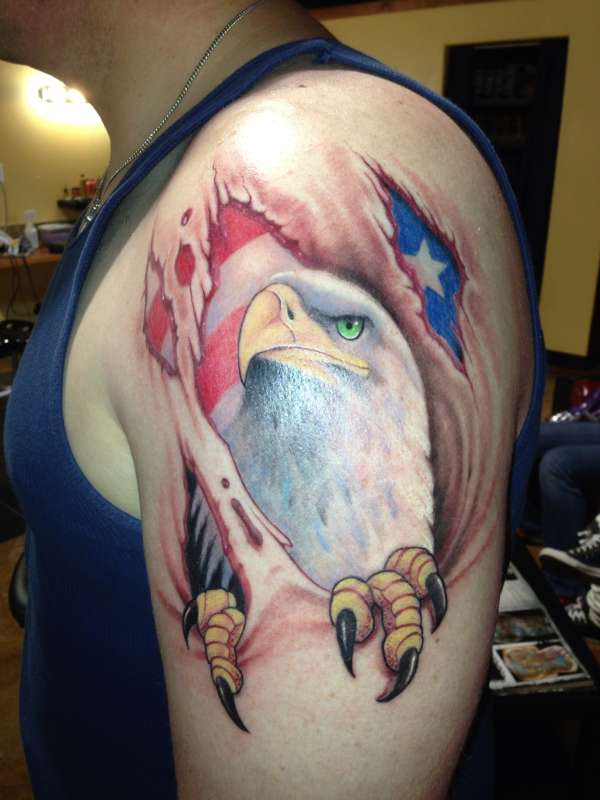



Ripping Skin American Flag With Bald Eagle Tattoo On Half Sleeve




Skin Tear Tattoo Outline Shefalitayal
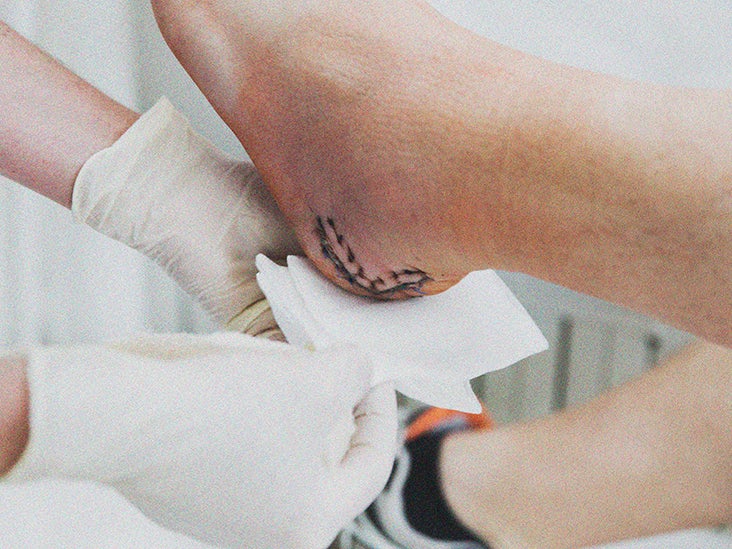



Types Of Wound Healing Primary Secondary Tertiary And Stages



Torn Ripped Skin Tattoo Design Sff Tattoojohnny Com
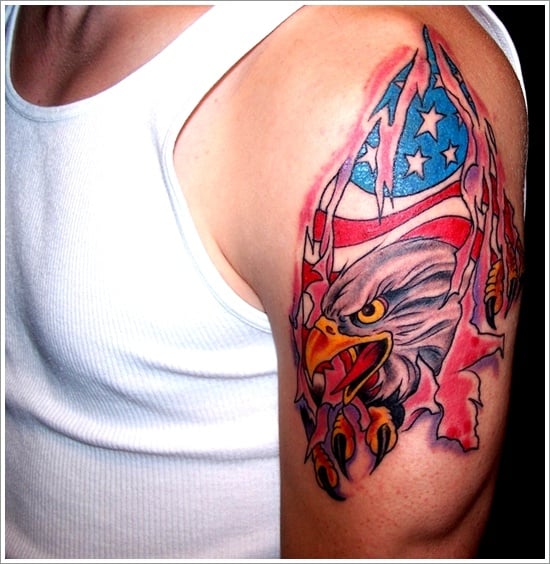



35 Amazing Ripped Skin Tattoo Art Designs
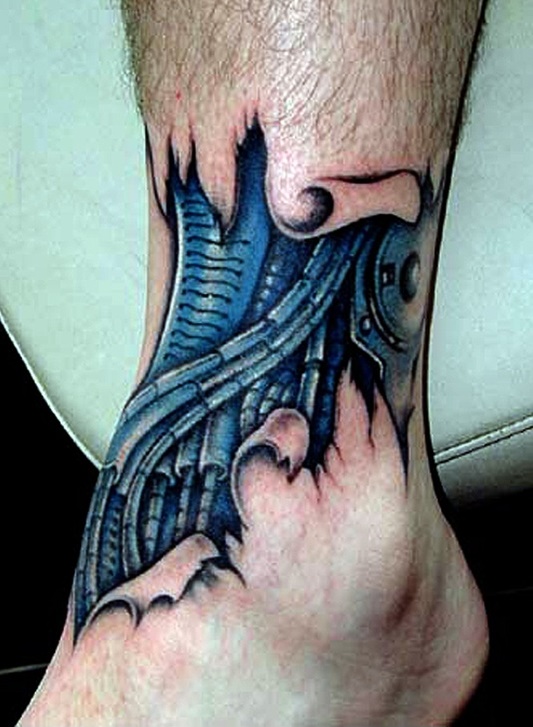



43 Torn Skin Tattoos With Revealing Concepts And Meanings Tattooswin
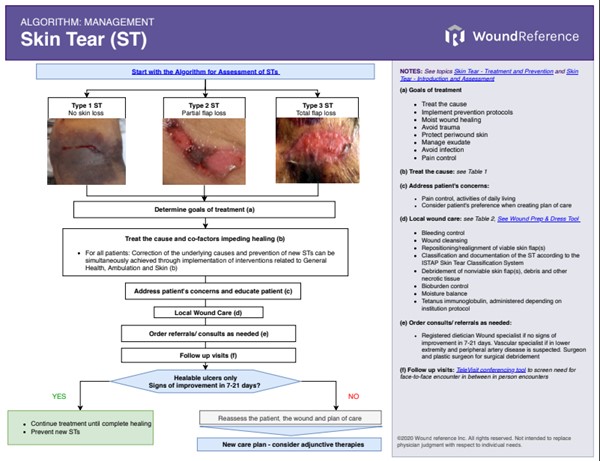



Skin Tears Treatment And Prevention



Skin Tear Stock Illustrations 273 Skin Tear Stock Illustrations Vectors Clipart Dreamstime
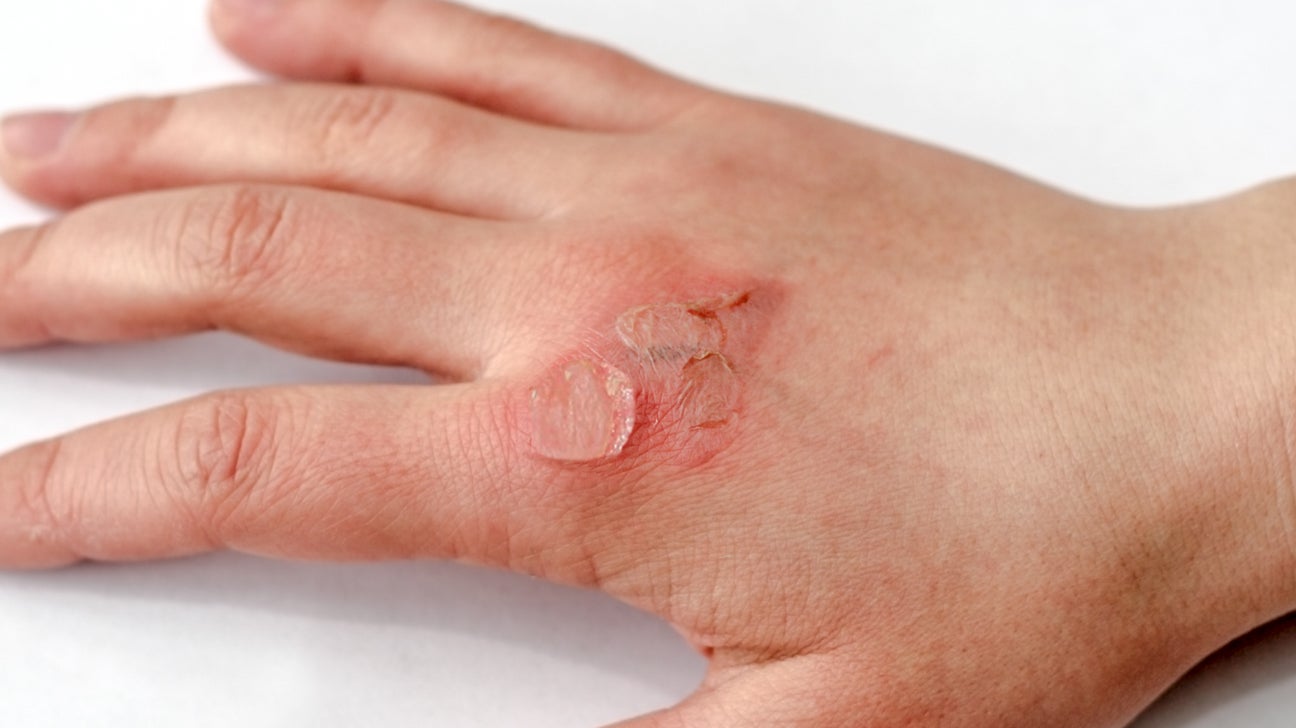



Skin Tear Treatment Prevention Pictures And Best Practices




Star Skin Tear Tool Skin Wound




40 Cool And Amazing Ripped Skin Tattoos



Post Op Wound Healing Care Dr Stretch




Week 4 Skin Tears Sp Uw Continuing Nursing Education
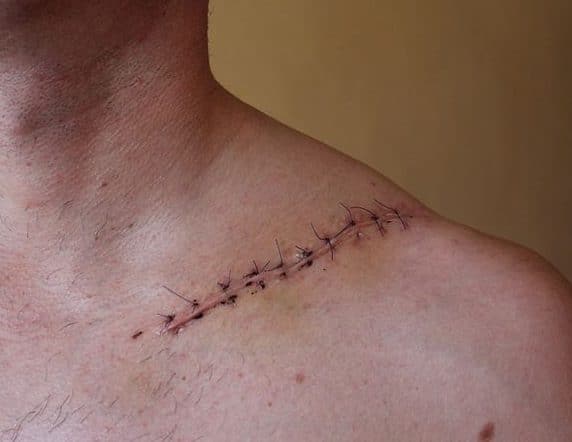



The Principles Of Wound Management Teachmesurgery




780 Skin Tear Photos And Premium High Res Pictures Getty Images
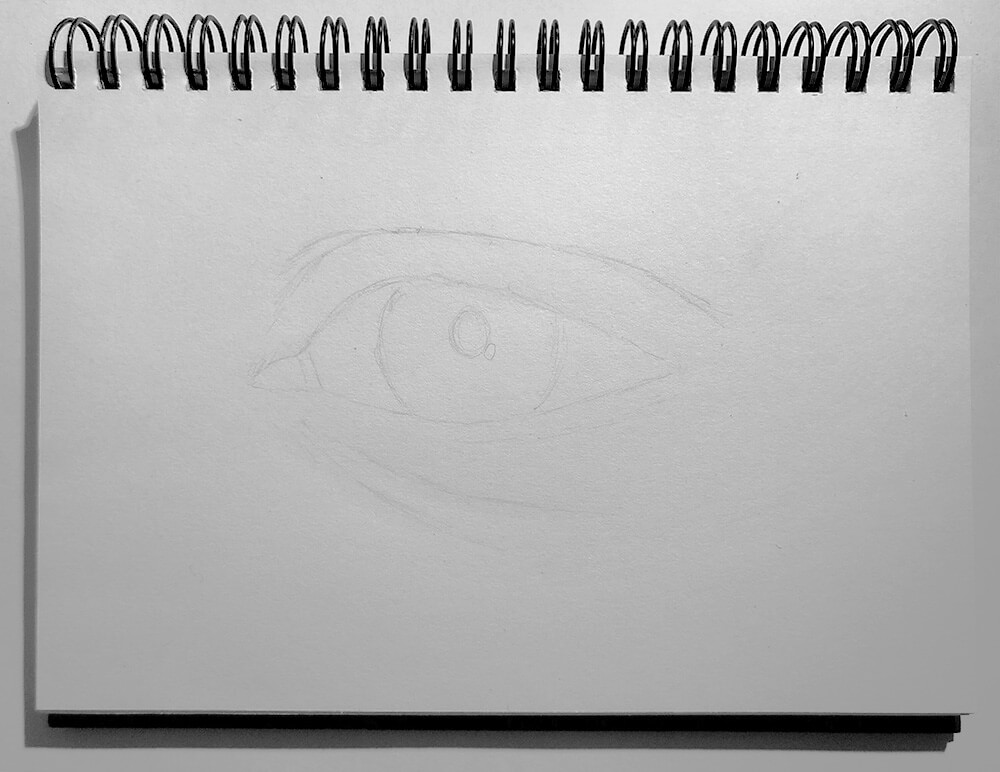



Learn How To Draw A Realistic Eye In Minutes
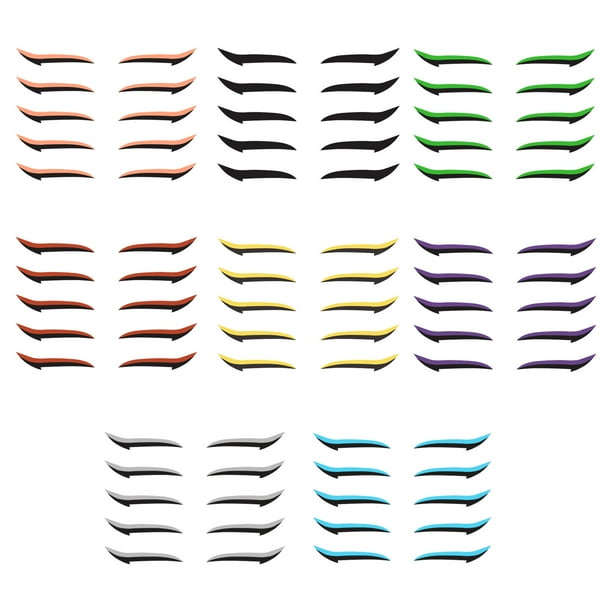



Egmy 8pairs Reusable Eyelid Stickers Instant Outline Winged Lid Cosmetic Easy Applica Walmart Com Walmart Com



Skin Tear Tattoo Outline Shefalitayal




Ripped Skin Tattoo Skin Drawing Skin Tear Tattoo
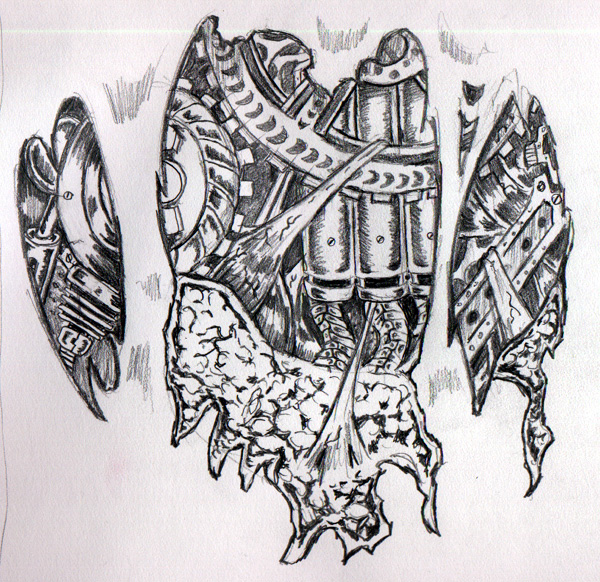



Clock Skin Rip By J W White On Deviantart




Ripped Skin Tattoo Drawings
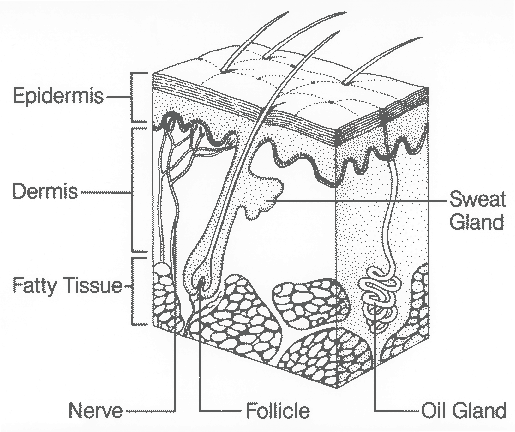



Skin Health Prevention And Treatment Of Skin Breakdown
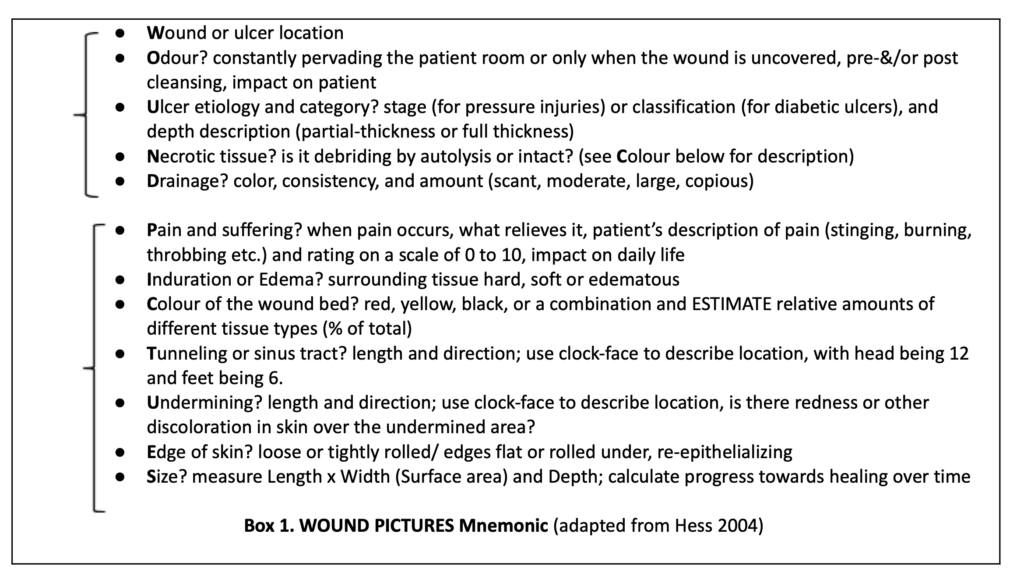



Wound Measurement Assessment And Documentation Swift
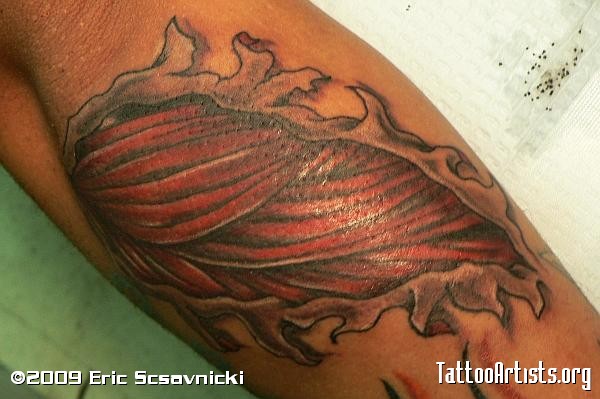



60 Unique Muscle Tattoos



2



Skin Tear Tattoo Outline Shefalitayal
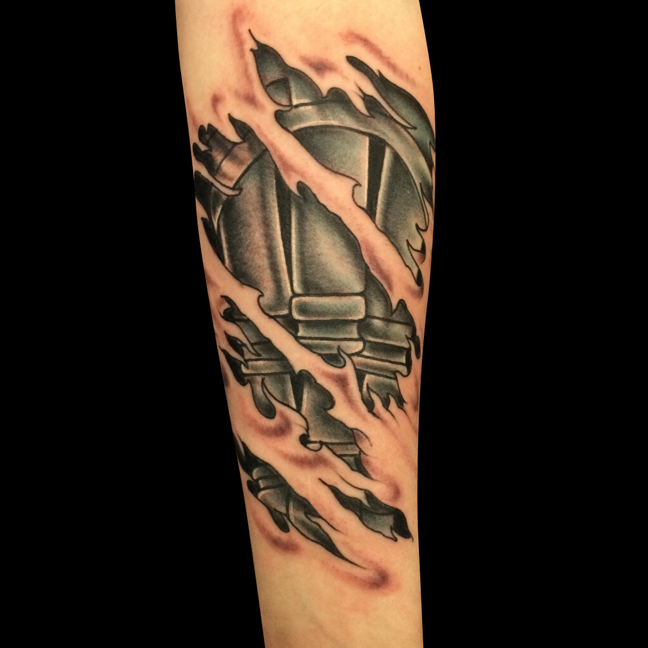



Phil Duple Iron Tiger Tattoo



0 件のコメント:
コメントを投稿